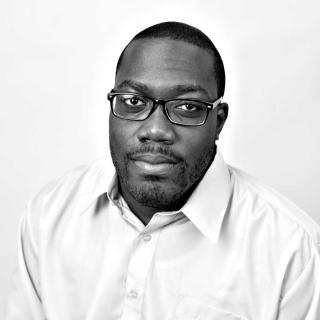
Maria Varela: The Latina organizer who photographed the Black experience during the Civil Rights era
Now 80, she is the first Latina woman to document the 1960s civil rights struggle in the Black Belt of the South.
The Civil Rights Movement of the 1950s and 1960s was a time marred by the strife of the African American community in the United States.
In an era where Jim Crow laws segregated and vilified African Americans in the South, and as marches and sit-ins took place across the nation, the fight for civil rights was in full force.
As the African American community was fighting for their civil rights, the Latino community did the same. Some Latino civil rights organizations grew out of the efforts of American American organizations, while others joined the African American community to build a coalition.
Maria Varela is a name many people may not know, but she was very influential in documenting the civil rights struggle for both African Americans and Latinos.
Born to a Mexican father and Irish mother in 1940, Varela’s first involvement in the social justice scene was as a member of the Young Christian Students (YCS) in high school and college. The organization traveled across the country urging Catholic students to support the Civil Rights Movement and sit-ins, an effort Varela got involved in following her college graduation.
In 1963, she met a recruiter from the Student Nonviolent Coordinating Committee (SNCC), where she would eventually work as an organizer, educator, writer, and photographer from 1963 to 1967. Founded in April 1960, SNCC was a locally based, student-run organization dedicated to nonviolent, direct action tactics to advance civil rights.
Initially assigned to Selma, Alabama, Varela was tasked with helping develop a voter literacy program there. However, due to a dissatisfaction with the white middle-class portrayals in most literary materials, she began creating training materials that reflected Black people’s lifestyles and experiences.
After Dallas County Sheriff Jim Clark shut down the Selma program by arresting the project staff, Varela moved to Mississippi, where she responded to SNCC’s requests for training materials.
Through these materials, Varela became determined to show the image of black people being leaders in changing their segregated communities. With this idea in mind, she enlisted a SNCC photographer, Bob Fletcher, to take photos for her various projects. Fletcher then challenged her to learn photography, as well, and study with photographer Matt Herron in New Orleans.
RELATED CONTENT
While looking around Herron’s studio, which featured several photography books, Varela noted: “I never thought of myself as capable of creating such compelling images. I just wanted to be able to make practical photos, useful to movement organizers,” she was quoted saying in the 2010 book Hands on the Freedom Plow: Personal Accounts of Women in SNCC.
One of the responsibilities of SNCC photographers was photographing protests in the hope that the presence of cameras would reduce and constrain police violence, or document it.
In June 1966, Varela was assigned with covering the Meredith March Against Fear in Mississippi, a 19-day demonstration led by Civil Rights activist James Meredith, with the function of promoting black voter registration and defying entrenched racism. “Black Power” became the march’s slogan.
“The media implied that ‘black power’ was imposed on the southern rural movement by urban-raised black militants,” Varela reflected.
In 1968, Varela moved to New Mexico at the request of the leader of the Indio-Hispano land rights movement, a movement that was also started due to the fight for civil rights.
Throughout the 1960s and 1970s, Varela continued her photography and documented social justice events such as the 1968 Poor People's Campaign, the first Chicano Youth Conference and the Chicano movement.
Now 80, her work has been included in various books and photo exhibits featured in galleries and museums across the country.











LEAVE A COMMENT: